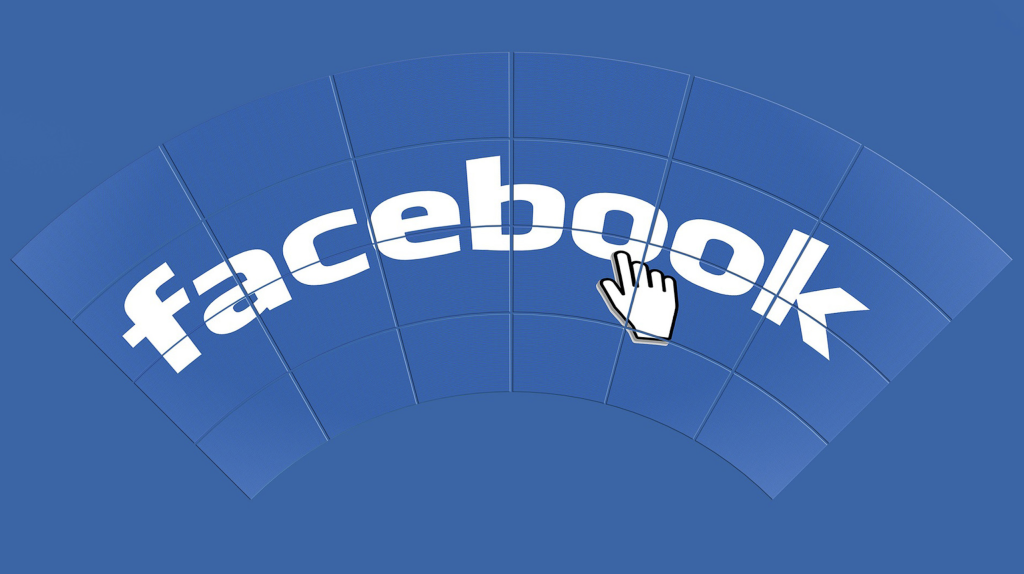If you’ve ever boosted a post or launched a campaign on Facebook, you’ve likely paused at the ad spend screen, wondering what the real monthly cost will be. You’re not alone. Many advertisers — new and experienced — ask this question. The truth is, there’s no single answer, but we can definitely break down the parts so you know what affects the price and how to control it.

Let’s walk through everything you need to know about Facebook ad spending. I’ll explain the average costs, what affects them, and how to manage your monthly budget. Whether you’re spending $100 or $10,000, the same rules apply — it’s about how you set things up and what you expect in return.
Average Monthly Spend Varies by Business and Goal
No two advertisers spend the same amount on Facebook each month. You could spend $50 and still run a campaign, or scale to $50,000 if you’re chasing a national audience. What matters is the structure of your campaign — what you’re promoting, who you’re reaching, and how competitive your niche is.
On average, small businesses tend to spend between $200 to $1,500 per month. Sometimes, they rent meta agency accounts for efficient ad purposes.
Whereas, larger brands or agencies often go much higher. The reason? More aggressive goals require higher reach and better placements, and those cost more per click or per 1,000 impressions.
Cost-per-click (CPC) Is Often Between $0.40 and $1.50
The number you pay for each click depends on several things. Your audience, how appealing your ad is, and how crowded your industry is all play a role. A local coffee shop will probably pay less per click than a global fashion brand competing for attention in a saturated space.
CPM (Cost Per 1,000 Impressions) May Be $5 to $15
If your goal is visibility rather than clicks, you’ll likely track CPM instead of CPC. Again, the numbers change by niche and demand. A real estate ad might cost $12 per 1,000 views, while a fitness post targeting new moms could be under $6.
Conversion Goals Raise the Costs
When your ad aims to generate sales or leads instead of just clicks or views, expect higher prices. Facebook charges more when their system needs to optimize for conversions because the algorithm works harder to find the right users.
What Affects Facebook Ad Costs the Most?
Your monthly bill isn’t random. It depends on a handful of controllable and uncontrollable factors. Knowing them helps you avoid wasting money and plan better.
The biggest influence is your audience. Broad audiences with loose targeting tend to be cheaper, but they may also convert less. Narrow targeting increases relevance, but also cost. There’s always a trade-off.
Ad Quality Impacts Cost Directly
Facebook scores your ad based on engagement and relevance. If people react positively — like, share, click — you pay less. Poor-performing ads get punished with higher rates.
Time of Year Changes Everything
You’ll see price spikes during holidays, Black Friday, or big events. Why? More advertisers are bidding for the same spots. If your industry is seasonal, adjust your monthly plan to avoid overpaying during hot months unless results justify it.
Bidding Strategy Plays a Role
Manual bidding gives you more control, but it’s also riskier if you’re not sure what you’re doing. Auto-bidding is safer for beginners, though it may not always give you the best price.
Budgeting for Facebook Ads the Right Way
Guesswork won’t work here. You need a plan that aligns with your goals, your margins, and how long you’re willing to test before scaling. It’s smart to begin with small amounts, then increase once your ad starts converting well.
Starting with $5 to $10 per day gives enough data to test headlines, images, and calls to action. From there, increase gradually while tracking return. Facebook makes it easy to control spending with daily and lifetime budget caps.
Set Daily Limits to Avoid Surprises
Let’s say you want to spend $600 a month. That means around $20 a day. Set that limit and Facebook won’t charge beyond it. But remember, some days may use less and others slightly more, the system balances itself out.
Monitor Ad Frequency Closely
If the same people see your ad too many times, performance drops. This also hurts your cost. Check frequency often, and rotate creatives if it climbs above 3 in a short time.
Don’t Skip A/B Testing
You don’t need a big budget to test multiple ads. Try changing only one thing at a time, like an image or headline, and compare results. That way, you learn what works and avoid wasting money on what doesn’t.
How Facebook Pricing Works Behind the Scenes
Facebook runs on an auction system. Each time a user opens their app, advertisers bid for a chance to show their message. But the highest bidder doesn’t always win — the system also weighs ad quality and expected response.
So, a better ad with a lower bid can beat a boring ad with a higher bid. That’s good news for businesses that can write good copy and choose strong visuals without needing deep pockets.
Your Relevance Score Matters More Than You Think
This score is like a rating out of 10. The higher it is, the cheaper your ad becomes. It reflects how well your ad fits the people you’re targeting. The score isn’t public anymore, but Facebook still uses the concept behind the scenes.
Facebook’s Learning Phase Affects Early Spend
When your ad is new, it enters a learning phase. During this time, costs may go up as the system figures out who will engage. Don’t panic. Let it run for a few days before judging performance.
How to Estimate Monthly Spend Before You Start
Use the campaign objectives and average CPC or CPM to reverse-engineer your budget. Want 1,000 website visitors? Multiply your average CPC by 1,000. If it’s $1 per click, that’s $1,000 needed — now break that over 30 days.
The same goes for leads or purchases. Estimate how many actions you want, then plug in your average cost per result. Add room for testing and adjustments.
Keep a Separate Test Budget
Don’t put your whole budget into one campaign. Set aside at least 10–20% for testing. Use it to try new audiences or ad styles. That way, you avoid burning your main funds chasing weak results.
Retargeting Should Be a Priority
Once you gather some clicks or page visits, create a retargeting campaign. These ads are cheaper and usually convert better, lowering your overall cost per sale.
FAQ
How much do Facebook ads cost monthly for small businesses?
Most small brands spend $200 to $1,500 each month, depending on goals and audience size.
What’s the cheapest daily budget I can start with?
You can begin with as little as $1 to $5 per day, but results may come slower at lower budgets.
Are Facebook ads charged daily or monthly?
Ads are charged based on delivery, either daily or when your account hits a billing threshold.
Do I pay more if I boost posts instead of using Ads Manager?
Boosting is often less efficient. Ads Manager gives more control and can lead to lower costs.
Can I set a cap so I don’t overspend?
Yes, you can set both daily and lifetime caps in Ads Manager to stay within your budget.
Conclusion
Facebook ad costs aren’t fixed. They shift based on your goals, strategy, and audience. You’re in control by choosing your budget, testing often, and keeping track of performance, you can make your spend work harder for you.
Think of your monthly budget like a faucet. You can turn it up when results are strong or slow it down when you need to test. The key is to stay active and responsive. That’s how you avoid waste and grow smart.
And if you’re still wondering how much Facebook ads cost per month? It depends — but now, you know how to find your answer.

